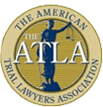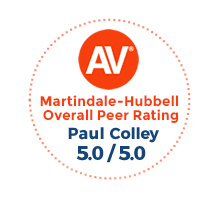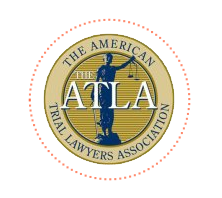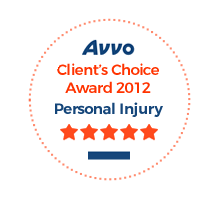Natural Disasters in the Workplace
Natural disasters are unpredictable and calamitous. When a natural disaster strikes you may be at your place of work. To ensure the safety of employees during natural disasters employers must adequately plan for emergency situations. Proper preparation can not only protect the safety of employees but reduce the amount of loss the business suffers. There is a process reserved for workplace safety in the event of a natural disaster.
1. Assess potential risk
Identifying potential risk is the first step in a workplace safety plan. From then you can measure the likelihood of that risk occurring and the impact of the risk. For example, if your business is located in a coastal region you should always be prepared for the possibility of hurricanes. Once you understand the certain risks involved with your location and environment you can create emergency plans that can prepare employees for the possibility of this natural disaster occurring. Determine all weakness your business has and make adjustments to address these weakness.
2. Risk Management
Natural disasters can not be prevented, however they can be managed. Preparing prior to these emergency situations and managing them while they are occurring can minimize amount of damage the business suffers. Once you identify potential risks set in place procedures and safety measures. Insure your business or fires, floods, or other disasters. Implement risk mitigation through state or federal regulations.
3. Establish response plan
One of the most important steps is to implement proactive measures. Proactive measures include evacuation plans, sheltering, and lockdowns. If a tornado is approaching your business all occupants of the building should be evacuated and sheltered in a structurally sound building. If a intruder with a deadly weapon has entered the premises the building should be on lockdown. Besides evacuations and lockdowns employees should also be trained to preform CPR, operate fire extinguishers, etc.
4. Training
It useless to learn procedures without practicing them. Employers should hold safety compliance sessions. Practicing response plans is the only way employees will feel comfortable performing these procedures when disaster actually strikes. Fire drills should be required in the workplace. Evacuation and lockdowns should also be practiced in the workplace. Sometimes when disasters or emergencies happen feelings of panic overwhelm people. When panic strikes thinking clearly becomes difficult. When these safety procedures are practiced it becomes easier for employees to respond to emergency situations.
If you are interested in updating or developing an emergency plan for your business there are many resources available. The Federal Emergency Management Agency (FEMA) is one of the many resources that offer advice and emergency planning worksheets.
If you have suffered a workplace injury, feel free to contact us at Colley and Colley.















